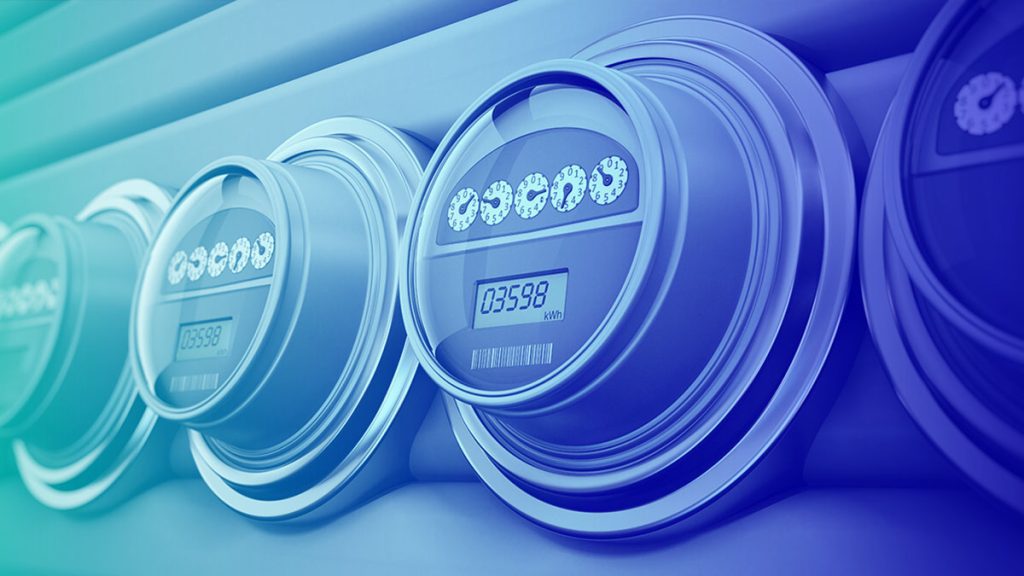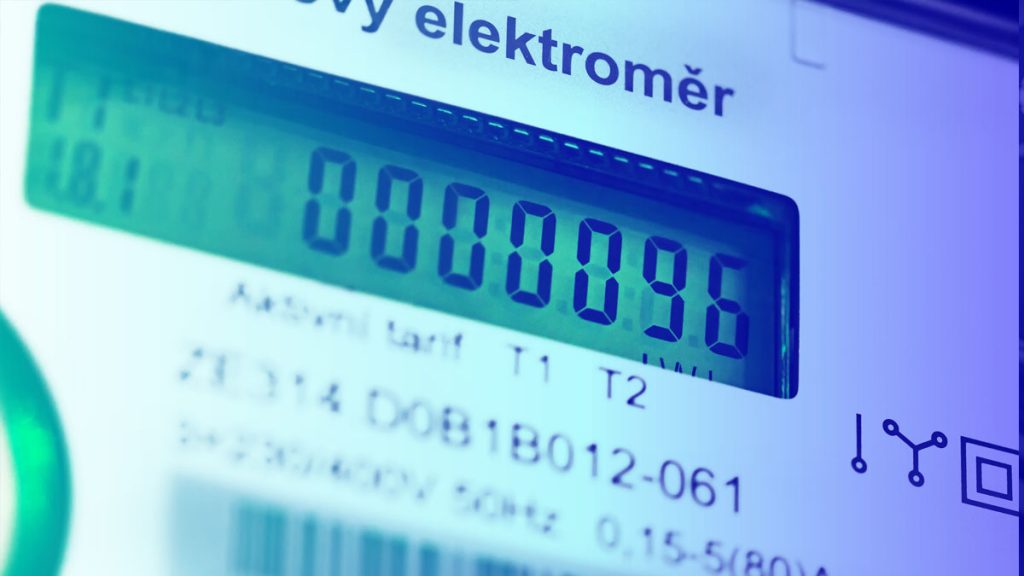
More homes and businesses are converting to smart meters as consumers become more aware of their power bills, especially during a period of rising expenses. You can manage your gas and electricity usage with the help of these wirelessly linked gadgets, and the information is also shared with your energy supplier. In this article, we’ll examine the several kinds of smart meters that are offered, their operational principles, advantages, and costs.
What is a Smart Meter?
Smart meters are Internet of Things (IoT) components that are attached to residences and commercial buildings to monitor electricity, water, and natural gas usage. Smart meters detect precisely when and how much energy, water, or gas is used and relay that information to utilities in almost real-time, unlike conventional meters that merely record total use.
The data produced by smart meters may be analyzed using artificial intelligence (AI) and machine learning to understand ways to reduce operating costs, boost efficiency, and anticipate demand. Smart meters may enable utility companies to save up to US$157 billion by 2035 as a result of their capacity to track, analyze, and plan ahead using use data. Smart meters provide people the opportunity to become prosumers by enabling them to create, store, and use energy.
The smart meter can notify the utility promptly if there is a power outage in your neighborhood in addition to monitoring your energy use (like Texas smart meters, for example). It can swiftly send out workers to deal with the issue and restore your power as soon as feasible. The smart meter will alert your utility once everything has returned to normal.
Advantages of Smart Meters
The following are the key advantages of installing a smart meter in your home:
- You can keep tabs on your expenditure and use.
- Meter readings do not need to be submitted
- There are no projected bills because they are based on actual consumption.
- Recognize electrical problems
- Modify energy habits to increase sustainability
Disadvantages of using Smart Meters
On the other hand, there are certain drawbacks to watch out for, such as:
- Losing smart features while changing providers.
- Inadequate network coverage Similar “signal” problems might affect smart meters, especially in rural regions.
- Smart meters cannot be installed by all energy suppliers.
- Observe your usage: You must continue to monitor your use of electricity.
How Does a Smart Meter Save Energy?
Being able to monitor energy use is one of the device’s main advantages for customers. The majority of smart meters have a digital face that shows real-time data on your energy usage. Knowing how much energy you use can help you make adjustments even if it won’t reveal what in your house consumes the most electricity.
You may check your energy use data online using facilities provided by utilities and even certain state governments. The state of Texas, for instance, offers a program called Smart Meter Texas that enables both residential and business clients to track energy consumption statistics in 15-minute intervals as well as monthly and daily usage information.
You should be able to determine how modifications to your energy use affect your daily and monthly energy consumption if you decide to make any adjustments.
Smart Devices and Dynamic Pricing
In order to promote power saving, utilities are starting to combine smart meters with other cutting-edge tools, price incentives, and social incentives.
As an illustration, businesses like Google, Ecobee, Emerson, and Honeywell are now developing smart thermostats that are preprogrammed to accommodate unique consumer preferences. The thermostats work independently in response to variations in temperature throughout the day, such as precooling the house when there is less demand on the electricity grid. According to estimates, smart thermostats may cut energy use by 10 to 15 percent.

Dynamic pricing, which is a real-time price change that is instantly reflected in consumers’ power bills, can be used to better manage energy use. Currently, regardless of how much it costs to produce an energy unit, the majority of U.S. families pay a flat charge for each kilowatt-hour of electricity used.
In the simplest case of dynamic pricing, when winter weather causes a drop in power supply, all electricity users would be subject to a higher real-time charge for electricity. In the case of an electric utility that has installed smart meters, the meters would notify consumers of an impending price rise for electricity during the following six hours, potentially through text message. With this, users would be reminded to turn off their laptops and use less electricity.
Consumers cut back on their power use when prices rise during periods of high electricity demand, according to pricing experiments conducted in Washington, D.C., and other locations. If enough individuals and businesses engaged, the overall demand for electricity would decrease, lowering the danger of blackouts throughout the whole system.
The environment will benefit from the use of smart meters as well. When demand exceeds supply, utilities frequently turn to fossil fuel-powered power facilities that produce significant levels of pollution. Both local and global air pollution and greenhouse gas emissions are impacted by these plants. Precise measurement of power needs means less wasted energy overall.
Reduced demand for dirty power results from the introduction of critical peak pricing for energy. Preventing power outages will also lessen the need for residential generators, which frequently release dangerous particle air pollution.
Inside Telecom provides you with an extensive list of content covering all aspects of the tech industry. Keep an eye on our Technology section to stay informed and up-to-date with our daily articles